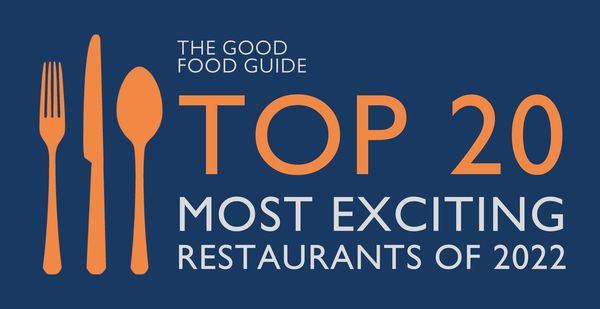The English wine industry is a product of the postwar years. Although there were monastery vineyards across southern England in medieval times, wine lay dormant for centuries. Instead, the global position of the UK at the crossroads of the international wine trade was sufficient to breed generations of connoisseurs of European wines – gentry families with private cellars under the auditorial eye of a butler, undergraduates at the old universities sipping barely matured claret in their rooms, venerable old geezers in the London clubs passing the port, or just hogging it.
When a revival of winemaking in these islands was proposed – and precariously launched with the first plantings in the early 1950s – enthusiasm for the project was not exactly unconfined. Not the least problem was the grape varieties. If the cool, damp northerly climate suggested learning from the extremes with which German wine producers had long contended, an infernal handicap was that Riesling, still the best grape of the Rhine and Mosel vineyards, obstinately refused to ripen in England. The crossed varieties and hybrids formulated in the viticultural research laboratories of Germany were the only recourse. They were nearly all awful.
Notwithstanding the natural obstacles of climate and vine material, England's growers kept their sights firmly fixed on the sunlit summit that would one day enable the country's wines to compete with the global best. The breakthrough began around the turn of the 1990s with sparkling wines.
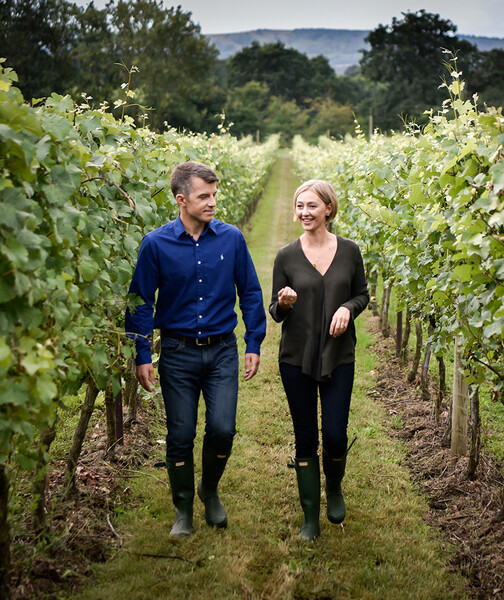
From the gold-standard sparklers of Sussex, with Nyetimber and Ridgeview vineyards leading the charge, to Cornwall's Camel Valley and Chapel Down and Gusbourne in Kent, English fizz has earned itself a place at the top table. The logic was sound enough: the chalk soils of southern England that glow forth from Dover's white cliffs are the same geological deposits as are found in the Champagne region. The same vinification method, a second fermentation in the bottle to produce the bubbles, is followed, and the same three grape varieties – Chardonnay, Pinot Noir and Pinot Meunier – are used.
All that holds English sparkling wine back is the asking price. There is nothing necessarily objectionable in itself about this. Traditional-method sparkling wine is a costly undertaking, and the production volumes, compared to those of the big Champagne houses, are still tiny. Time and again, though, adventurous consumers report that they cannot understand why they are being asked to pay the same price for a Sussex bubbler as they would pay for a name brand from over the Channel. The solution to this is probably the eventual softening of consumer resistance rather than price-cutting by the producers, but during a long-winded cost of living crisis, this will be a slow process.
With the still wines, the picture continues to improve. The Pinot family of grapes – Noir, Blanc and Gris – are all producing impressive results, as is Chardonnay, and there are very early indications that two newcomers to England, Sauvignon Blanc and Albariño, might give their French and Spanish cousins a run for their Euros in time to come.
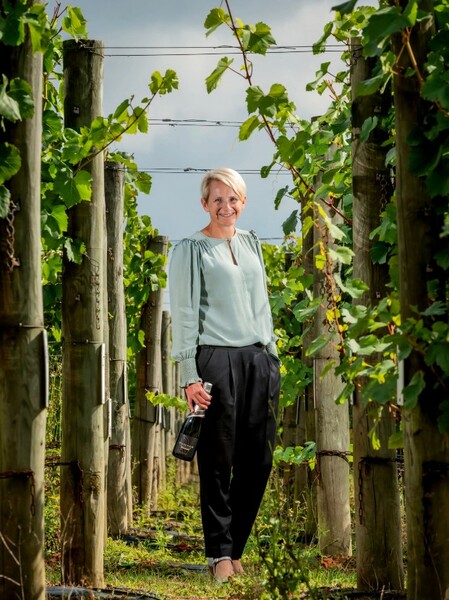
The dry whites made from grapes such as Bacchus can exhibit a certain aromatic charm in the better years, Seyval Blanc less so, and Madeleine Angevine, a grape that sounds like a student au pair, is best forgotten altogether. Red wines from Pinot Noir remain the best bet. From mature vines, with a little careful barrel-ageing and not too much new oak, these can be full of savoury depth, reaching unexpected levels of gamey intensity with age. The sky's the limit. By contrast, the German grape Dornfelder is not a success. Its yields are often poor and the wines bedevilled with obstreperous acidity, while the likes of Rondo and Regent continue to be very hit-and-mostly-miss.
It's all about climate. Of course it is. The French winemaker in the Loire who guffawed to me twenty years ago that English wines have 'un gout de pluie' [a taste of rain] was, annoyingly, not far wrong in many instances. As it is, climate change has undoubtedly opened a whole new vista of possibility for England's vineyards. The 2023 vintage produced the highest yields ever recorded in the modern industry. Less frost in spring, good flowering in the early summer, and golden days of September and October sunshine to aid ripening were the magic formula.
Every year confounds our expectations in some way, but the pattern of mild wet spring, a sudden heatwave busting out in late June, and any intermittent weather in July and August redeemed by glorious warm days just as the kids go back to school and the leaves start falling, have helped English growers no end. They have also helped spread wine production northwards and into Wales. As a result, outstanding vintages – 2009, 2018, 2023 – are paradoxically becoming more common, and there will be more wine to go around. Indeed, it will doubtless not be too long before there is talk of overproduction.
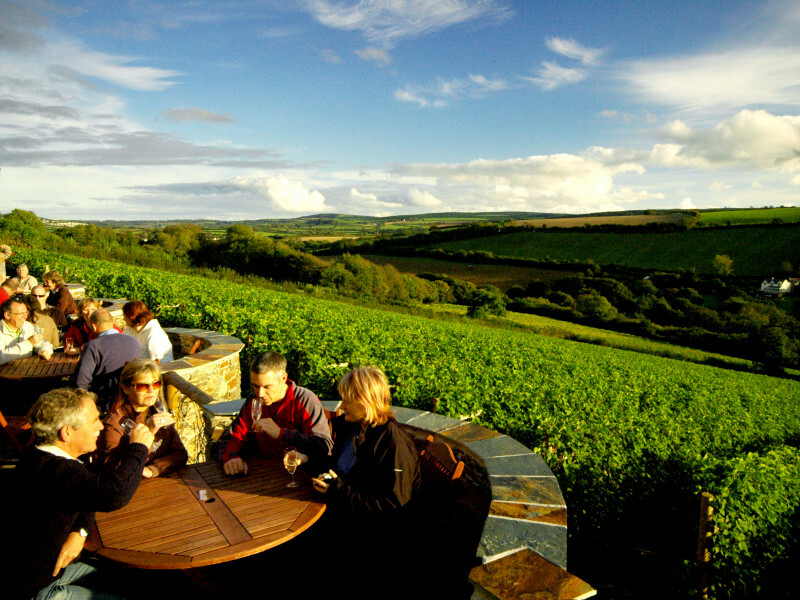
Where can we buy the wines? Directly from the vineyard is the best advice. Many vineyards are geared up for public visits with tastings, and they should be on every tourist itinerary across the southern counties. Be aware, though, that some are still given to the practice of selling the remaining wines of long-gone vintages, delicate flowery whites and pallid rosés that were never built to last that long.
Restaurants in the vicinity of the major wine estates have no excuse for overlooking them, and wines by the glass – especially of those vivacious, sumptuously textured sparklers – are a good way to experiment. Perhaps mark them up a little more kindly than the house champagne, and they will fly out of the cellar. What the supermarket chains are selling is still mostly the B-list offerings of the bigger producers, but the independent retailers increasingly offer listings of English wines of the first rank. Gird your wallet. The prices of the best Chardonnays and Pinot Noirs are often so pumped that they might be preparing to go ten rounds with the Côte d'Or prize-fighters of Burgundy.
The rain may go on falling, but English wine no longer tastes of it. It tastes of confidence, and increasingly delectable success.
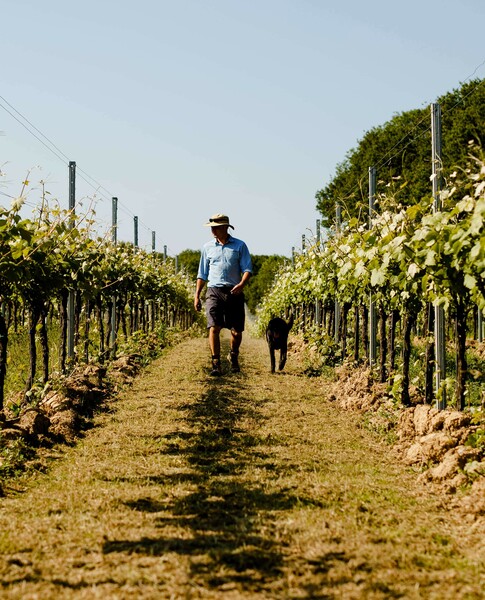
Five English wines to try
Hattingley Valley Classic Reserve Brut NV (Ocado, £34): Impressive, lush-textured fizz with fresh lemon-sorbet fruit, from a family estate in Hampshire
Roebuck Estates Rosé de Noirs Brut 2018 (roebuckestates.co.uk, £42): Glorious pink bubbly from Pinots Noir and Meunier, grown in Sussex. Has all the soft summer berry fruit we hope to find in a sparkling rosé
Lyme Bay Chardonnay 2021 (Grape Britannia, £24.99): Savoury, appley Chardonnay grown in Essex, partially oak-fermented, with Burgundian yeast strains adding persuasive complexity. Think white fish in hollandaise
Balfour 1503 Albariño 2023 (Majestic, £18.99, or £16.99 as part of a Mix Six order): The first vintage of a Kentish version of Galicia's star varietal could hardly have gone better. Expect bracing citrus tang and fresh, sappy acidity. Spot-on with a shellfish platter
Simpsons Rabbit Hole Pinot Noir 2022 (simpsonswine.com, £29): Opulent, powerful Pinot with cranberry fruit and a little lightly applied French oak, this would benefit from keeping for two or three years. Serve with crackled roast pork

